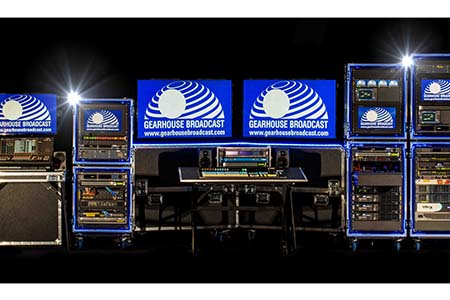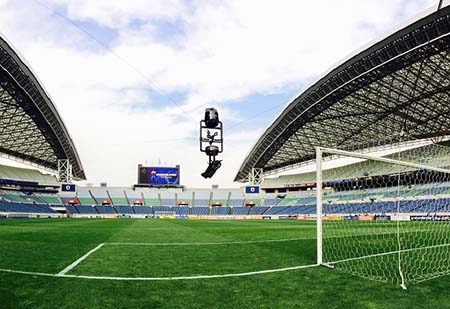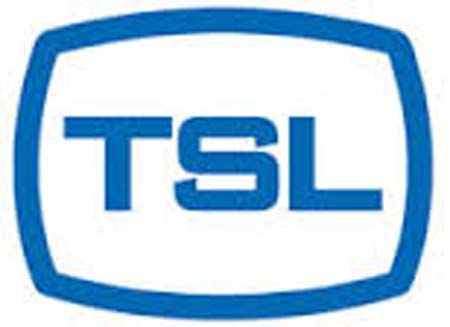Having attended various industry gatherings this year, including CABSAT and the 2016 NAB Show as well as an EBU demonstration about its Sandbox Live IP project, Ive a growing confidence that IP within a broadcast infrastructure will soon be a widespread reality. In fact, since IBC last year, considerable progress has been made by the […]

Having attended various industry gatherings this year, including CABSAT and the 2016 NAB Show as well as an EBU demonstration about its Sandbox Live IP project, Ive a growing confidence that IP within a broadcast infrastructure will soon be a widespread reality. In fact, since IBC last year, considerable progress has been made by the industry. Were still some way off agreeing to a single set of standards, but manufacturers do now appear to be moving in a more consistent direction.
There are definite similarities between the move to IP for baseband signals, not just baseband video, and the digital workflows that emerged a decade or so ago. Simply switching from tapes to files was not enough. Those companies that did well around that transition recognised the potential benefits of a file-based workflow and adapted their production workflows accordingly. Today is no different IP calls for the same clear thinking, and from what Ive seen, this appears to now be happening across the industry.
From a systems integrator point of view, and also from what our customers are telling us, interoperability between different systems is critical. Although considerable R&D and investment has been made by companies looking at how best to approach IP, it doesnt need to go to waste if some fine tuning is required. An interface can easily be developed to link into other technologies and standards. This is why groups such as the Alliance for IP Media Solutions (AIMS), established to bring manufacturers together and promote common standards, are emerging. For successful adoption across the industry, its vital that these bodies ensure that what is delivered is not just what vendors want to sell, but what the customers actually want.
2016 is proving to be a crucial year, but its important that this momentum is not wasted and that a coherent set of standards is agreed.
UHD has been a buzzword at every event Ive attended recently, but more and more Im seeing a convergence with that and talk about IP. The general consensus is that switching to IP will make managing 4K and beyond easier. There arent many broadcasters that can afford to invest in the huge routers and vision mixers that 4K demands when their current HD workflows only need a quarter of a systems capacity. Therefore, getting 4K delivery down to a single interface instead of quad HD infrastructure is critical to its adoption.
Its crucial to build the right system infrastructure to meet these needs both now and in the future. A customer recently asked us about 8K, as they want to future-proof their investment. IP is realistically the only way of delivering media of that size. Some even see 8K as the natural progression, with 4K being a temporary format, because once the standards are in place to make 4K over IP work, it will be easy to move beyond that. You could argue that moving to IP is like the switch from analogue to digital, and the move from 4K to 8K is the equivalent of going SD to HD. Of course, complications will arise and there will be interoperability issues, but the transition will be much easier as IP will be at the heart of it.
An optimistic outlook
Theres still a lot of work to do in preparing for the arrival of a full IP infrastructure and UHD, but with the building blocks being put in place, the market mood is far more optimistic than ever before.
Defining standards through the formation of industry alliances is a big step forward. As systems integrators, we need to know that the infrastructures we design and build are future-proofed, so that they can benefit from new production workflows that an IP infrastructure brings.
David Phillips is Business Development Director Systems Integration at Gearhouse Broadcast.














































































